
On the morning of November 7, the National Assembly Delegation of Gia Lai province and the National Assembly Delegation of Thai Nguyen province (Group 5) discussed in groups the draft Law on Planning (amended); the draft Law on amending and supplementing a number of articles of the Law on Urban and Rural Planning; and the adjustment of the National Master Plan for the period 2021 - 2030.
Clearly define post-merger planning principles to avoid overlap and management disruption.
Commenting on the draft Law amending and supplementing a number of articles of the Law on Urban and Rural Planning, National Assembly Deputy Chau Ngoc Tuan (Gia Lai) said that the draft Law expanding the concept of "functional zones" to include economic zones, tourist zones, industrial zones, high-tech agricultural zones, infrastructure hub zones, etc. is suitable for a province with very different territorial structures like the new Gia Lai province: there are highlands, border areas (old Gia Lai) and coastal areas, economic and tourist zones (old Binh Dinh).

However, in reality, both former provinces already have approved regional plans and projects. “Therefore, I propose to immediately add a transitional sentence in this clause about “functional areas”, in the direction that functional areas that were approved before the merger will be inherited and integrated into urban and rural planning using a shortened procedure. This will avoid the situation where old planning suddenly becomes invalid just because of a change in boundaries,” the delegate suggested.
Regarding types of urban and rural planning (Article 3), the draft Law on multi-layered design: urban planning, rural planning, functional area planning, underground space planning, technical infrastructure planning for cities.
"In principle, it is complete, but in places after the merger, an area can be at the same time urban, located in a national tourist area or economic zone."
From this reality, delegate Chau Ngoc Tuan proposed adding a principle: in areas with more than one type of planning, the planning with higher approval authority or more recently approved will be applied. "This rule is consistent with the general planning law, helping localities not have to stop granting permits because of overlapping drawings."
Regarding communes oriented to urbanization (Article 5), the draft Law stipulates: if they are oriented to become new urban areas, they will no longer have to establish a general commune plan but instead establish a general urban plan. Delegates said that this is very true for suburban communes where urbanization is rapid; but for many mountainous communes with ethnic minorities and infrastructure that has not yet met the standards, if they are forced to establish them according to urban planning standards, the cost will be high and implementation will be difficult.
“It is proposed to allow a transitional step: mountainous communes, border communes, and ethnic minority areas that have been oriented to become new urban areas can have “communal master plans with integrated urban content” until they meet the conditions to become urban areas. This method maintains the objectives of the draft Law while still being suitable for difficult areas,” said delegate Chau Ngoc Tuan.
Regarding the decentralization of establishment, appraisal and approval after the merger (Articles 17, 38, 41), delegate Chau Ngoc Tuan said that the draft Law assigns a lot of work to the People's Committee at the commune level. This is consistent with the 2-level government model.
However, in the first year after the merger, the newly merged communes of 2-3 communes often do not have a specialized planning department. Therefore, the delegate suggested clearly stating in the appraisal article: if the commune level does not meet the capacity requirements, the specialized agency under the provincial People's Committee will appraise and the province will approve. "That way, the new province will be able to operate immediately, without having to stop detailed planning at the commune level."
Supplementing breakthrough policies to promote more effective regional connectivity
Commenting on the adjustment of the National Master Plan for the 2021-2030 period, with a vision to 2050, National Assembly Deputy Ha Sy Huan (Thai Nguyen) said that this adjustment is going in the right direction, clearly demonstrating the strategic vision and key development perspectives.

Delegates paid special attention to the issue of regional connectivity, especially for the 6 northern mountainous provinces, including Thai Nguyen. Delegates commented that the adjustment content mentioned a lot about promoting regional connectivity development - an important factor to create momentum for sustainable socio-economic development. However, the actual implementation of the two-level local government model in the past still has certain fluctuations, which need to be carefully considered.
From that reality, delegate Ha Sy Huan suggested that the Government and ministries and branches soon supplement breakthrough policies to promote more effective regional linkages.
Specifically, it is necessary to encourage businesses, organizations and individuals to invest, exploit and develop infrastructure, especially transport infrastructure connecting remote areas with provincial and city centers and neighboring localities, thereby enhancing connectivity and expanding opportunities for regional economic development.
In addition, the transportation of goods between regions, especially from remote areas to the city center, remains a big problem. High logistics costs are becoming a barrier to local economic development, especially in the circulation of goods, construction materials and agricultural products.
Therefore, according to the delegate, along with investment in developing transport infrastructure, there should be policies to support and encourage businesses to participate in exploiting and transporting goods and passengers, thereby creating favorable conditions for people and businesses in the process of circulation and market connection.
Also according to delegate Ha Sy Huan, the adjustment clearly identified an important issue: strengthening management, improving and restoring the quality of the environment, air, water and land resources.
Delegates said that in the context of increasingly complex climate change, along with the fact that land and water resource management has had many limitations in recent times, "strengthening" alone is not enough.
“We need to have specific actions, specific programs and implement them immediately in this period to improve the effectiveness of forest environment management, water resources, water security and sustainable exploitation of land and mineral resources,” delegate Ha Sy Huan proposed.
In the period 2030 - 2050, when the country enters a period of faster and stronger development, according to the delegate, "environmental issues must be considered a pillar and given due attention in all socio-economic development strategies".
Source: https://daibieunhandan.vn/de-xuat-quy-dinh-ro-tham-quyen-tham-dinh-phe-duyet-quy-hoach-cap-xa-10394819.html



![[Photo] Da Nang: Hundreds of people join hands to clean up a vital tourist route after storm No. 13](https://vphoto.vietnam.vn/thumb/1200x675/vietnam/resource/IMAGE/2025/11/07/1762491638903_image-3-1353-jpg.webp)









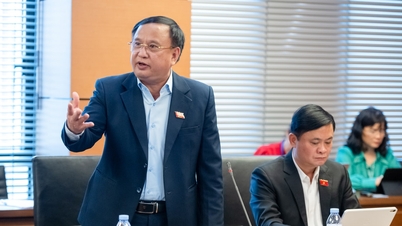

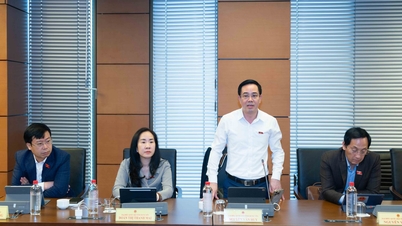

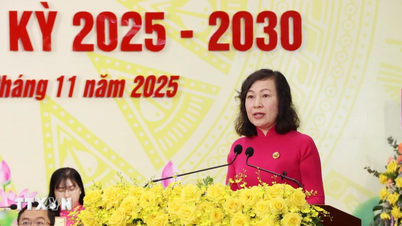

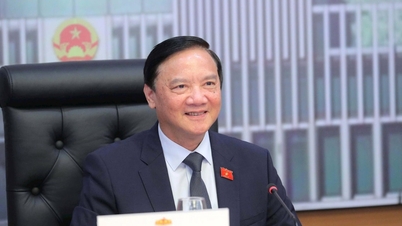
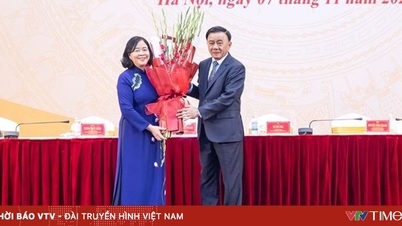











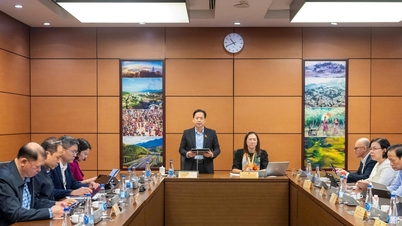


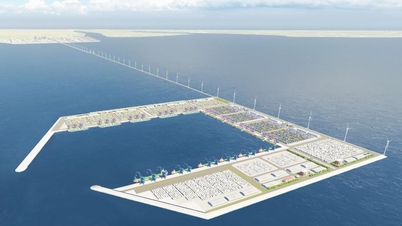


































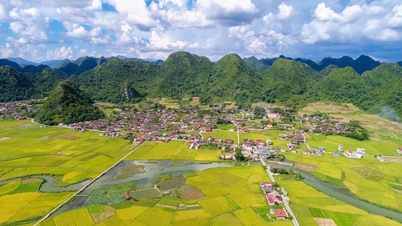










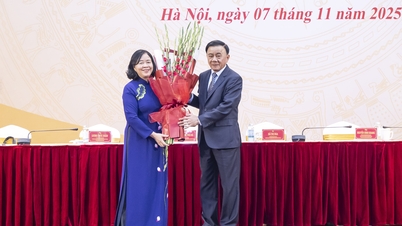


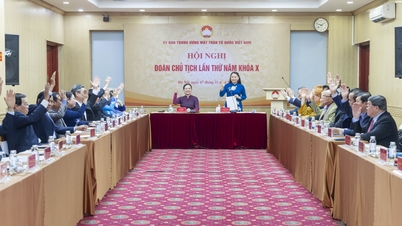


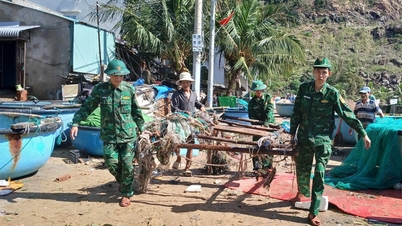



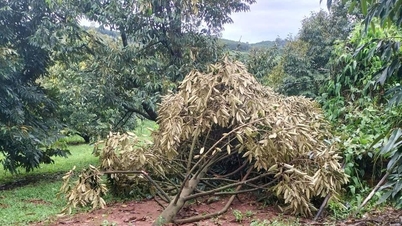
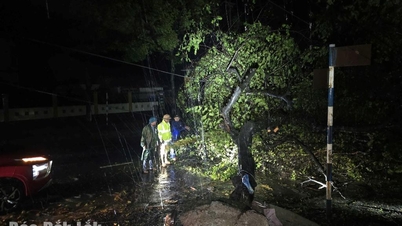















Comment (0)